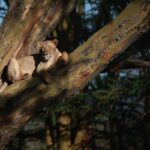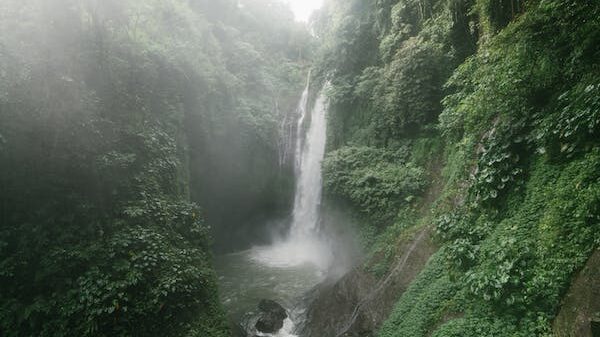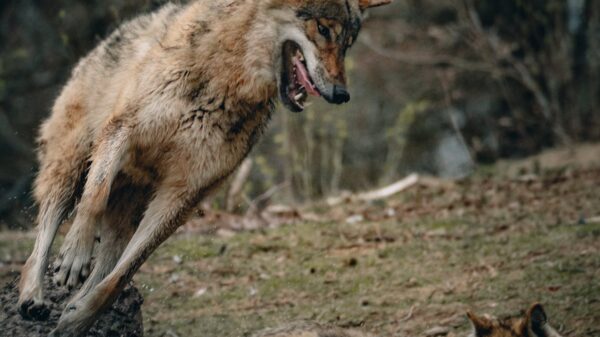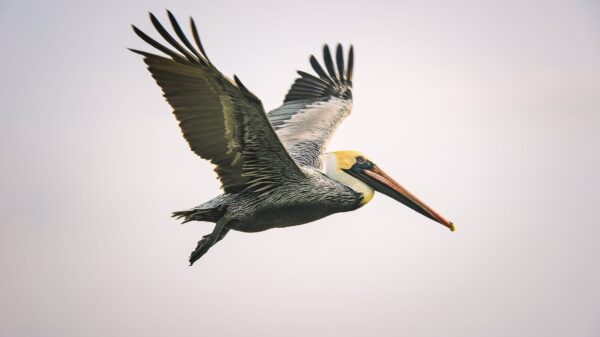As the effects of climate change continue to manifest themselves, we must take a closer look at its impact on wildlife and fragile ecosystems. From melting ice caps to rising sea levels, human activity is causing our planet’s delicate balance to shift rapidly. In this blog post, we’ll explore the ways in which climate change is affecting our wildlife and ecosystems, as well as what steps we can take to protect them for future generations. Join us on this journey towards preserving our natural world!
Introduction to Climate Change and Wildlife
As the world warms from the burning of fossil fuels, the resulting climate change is a mounting threat to wildlife. Animals are struggling to adapt to new conditions, and many species are disappearing. Climate change is also creating new opportunities for invasive species, which can disrupt delicate ecosystems.
Wildlife conservationists are working to protect vulnerable species and their habitats. But they face an uphill battle, as climate change makes it harder to predict where animals will be able to survive. And as humans encroach on wild places, there is less room for wildlife to adapt.
To help prevent further damage to wildlife populations, we need to reduce our reliance on fossil fuels and find ways to help animals adapt to changing conditions. We also need to better protect natural areas so that wildlife can continue to thrive in the face of climate change.
Impacts on the Environment due to Climate Change
Climate change is having a profound impact on the world’s wildlife. As the Earth’s temperature continues to rise, many species are struggling to adapt. Some are moving to new locations that offer more suitable conditions, while others are struggling to survive in their current habitats.
This shift in conditions is causing problems for many species of plants and animals. For example, warmer temperatures and changes in precipitation patterns can lead to decreased food availability, increased competition for resources, and altered predator-prey relationships. These impacts can cause populations to decline or even go extinct.
Climate change is also exacerbating other threats to wildlife, such as habitat loss and fragmentation. As humans encroach on natural areas for development, agriculture, and other uses, wildlife habitat is lost or degraded. This not only reduces the amount of space available for wildlife, but can also fragment habitats, making it more difficult for animals to find mates and access resources. Climate change is making it even harder for wildlife to survive in these already-stressed environments.
It’s not just individual species that are being impacted by climate change – entire ecosystems are being altered. As climatic conditions shift, the mix of plants and animals that make up an ecosystem can change dramatically. This can disrupt the delicate balance of an ecosystem and cause widespread cascade effects. For example, a decline in fish populations due to changes in ocean temperature could lead to a decrease in the number of birds that feed on those fish. This
Effects of Climate Change on Wildlife
Climate change is already having significant and far-reaching effects on wildlife and their habitats. As the Earth’s temperature continues to rise, species are being forced to adapt to new conditions or face extinction.
One of the most visible impacts of climate change is the alteration of migration patterns. Many animals migrate in order to find food or suitable mating grounds, and a changing climate can disrupt these journeys. For example, red knots rely on horseshoe crab eggs for food during their stopover in Delaware Bay; however, rising temperatures have caused the crabs to lay their eggs earlier in the year, before the red knots arrive. This has led to a drastic decline in the red knot population.
Another effect of climate change is an increased risk of wildfires. Wildfires can destroy critical habitat and kill large numbers of animals. For example, the 2018 Camp Fire in California killed an estimated 1 billion animals, including many endangered species. The fire also destroyed much of the critical habitat needed by these species for recovery.
In addition to direct impacts on individual animals, climate change is also causing shifts in ecosystem structure and function. For example, warming waters are leading to coral bleaching events that are devastating reef ecosystems around the world. As coral reefs disappear, so too do the fish and other animals that depend on them for food and shelter.
The effects of climate change are wide-ranging and profound. It is imperative that we take action to protect wildlife and their habitats from further harm
Strategies to Protect Endangered Species
There are a number of strategies that can be employed to protect endangered species from the effects of climate change. One is to provide financial incentives to landowners who take measures to conserve and protect natural habitats on their property. Another is to create or expand protected areas, such as national parks or wildlife refuges, in order to give species a safe haven from the effects of climate change. Additionally, research and monitoring programs can be established in order to track the status of endangered species and identify populations that are particularly vulnerable to climate change. Public education campaigns can raise awareness of the issue and encourage people to take action to protect endangered species.
Mitigation and Adaptation Measures to Combat Climate Change
There is no one-size-fits-all solution to the problem of climate change, but there are a number of mitigation and adaptation measures that can be taken to combat its effects.
Reducing greenhouse gas emissions is essential for slowing the rate of climate change, and there are a number of ways to do this. Switching to cleaner energy sources, improving energy efficiency, and reducing deforestation are all important steps.
Adaptation measures are also important, as they help species and ecosystems to cope with the effects of climate change that are already underway. These measures can include things like developing drought-resistant crops, planting trees in areas at risk of desertification, and creating wildlife corridors to help species migrate to more suitable habitat.
Role of Technology in Protecting Wildlife
The world is changing and so is the climate. As the Earth’s temperature continues to rise, wildlife are struggling to adapt. Many species are already facing extinction as their habitats shrink and disappear.
Technology can help us protect wildlife from the effects of climate change. By using satellite imaging, we can track animals and monitor their populations. This information can be used to create conservation plans that help reduce the impact of climate change on wildlife.
We can also use technology to educate people about the importance of protecting wildlife. Through social media and other online platforms, we can reach a large audience and raise awareness about the threats that climate change poses to wildlife. We can also use technology to engage people in conservation efforts and connect them with opportunities to help protect wildlife.
Conclusion
Climate change has had a devastating effect on wildlife and their fragile ecosystems. It is up to us as individuals, businesses, and governments to take action in order to protect these vulnerable species by reducing greenhouse gas emissions, conserving natural resources, and creating sustainable strategies that will have both immediate and long-term benefits for the environment. We must work together if we are going to make any real progress in combating climate change and safeguarding our planet’s precious biodiversity.










